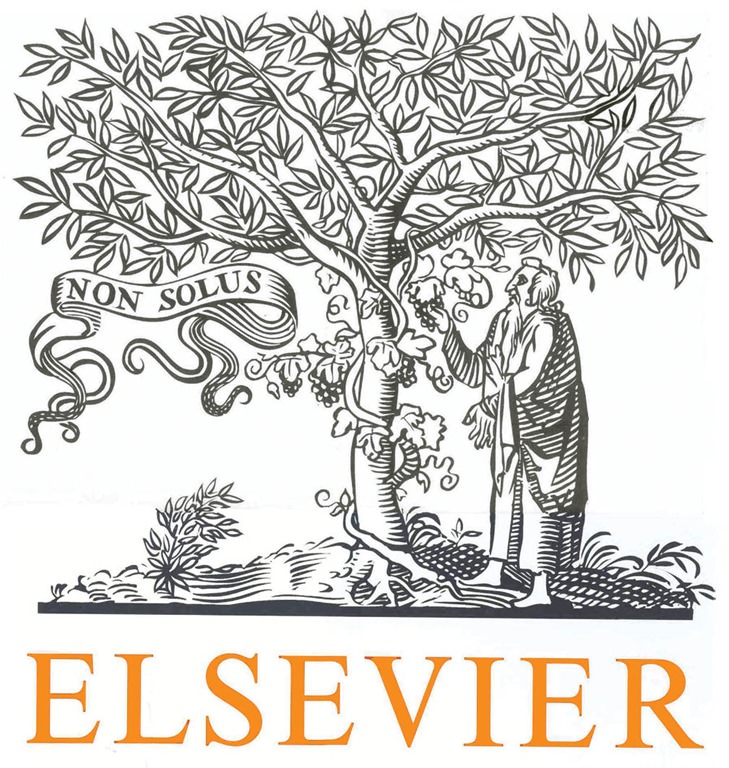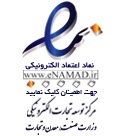1. Introduction
Reverse logistics (RL) aims at recovering part of the original value of used goods, producing economic, environmental, and social gains, mainly in industrialized regions (Carter and Easton, 2011). In regions with an expressive generation of waste, RL helps to reduce the pressure on public sanitation systems (Berthier, 2003), giving a proper destination to obsolete materials generated by obsolete technology-based products or by industrial processes (Chung and Wee, 2011). Furthermore, stringent legislation and consumer pressures (González-Torre et al., 2004) force companies to establish and pursue environmental objectives (Bernon and Cullen, 2007). Among other possibilities such as eco-design and cleaner production techniques, RL can help achieving such environmental objectives (Lee and Dong, 2009). RL differs from direct logistics (DL). While DL moves goods towards the customer, RL moves goods from the customer (Sellitto et al., 2015). RL and DL involve the same elements: transportation, warehousing, inventory management, and information systems (Lambert et al., 2011), sharing networks and activities (Hu et al., 2002; Schultmann et al., 2003) such as after-sales services and after-consumption collection (Rogers et al., 2012). Operations include waste identification, collection, sorting, compaction, intermediate storage, recollection, transportation, delivery, and value recovery (Ravi et al., 2005). Management stages include the definition of routes and vehicles and the integration with direct channels for resource optimization (Rogers et al., 2002), which maximizes value recovery and eco-efficiency of the entire operation (Heese et al., 2005).








